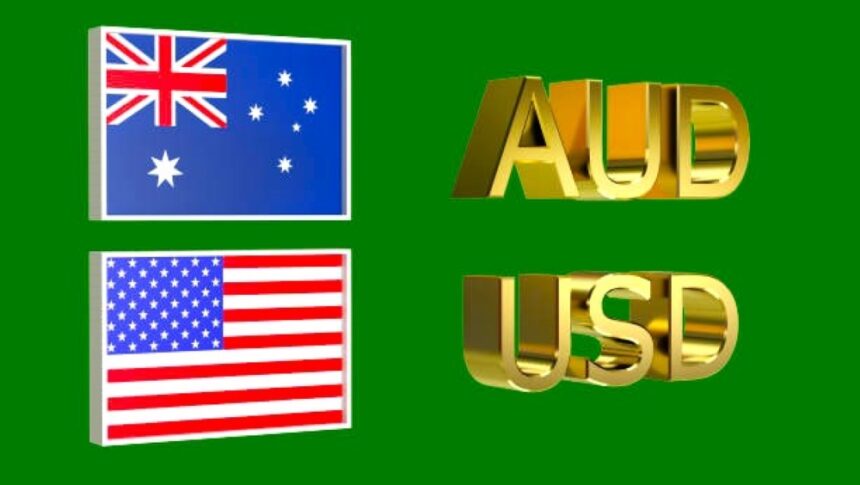Australian dollar strengthens as hawkish sentiment toward the RBA grows.
The Australian Dollar (AUD) rise on Thursday following the Melbourne Institute’s announcement of mild Consumer Inflation forecasts for July, which displays consumer forecasts for inflation over the next 12 months.
The AUDUSD pair supported by rising anticipation that the Reserve Bank of Australia (RBA) may extend the global rate-cutting cycle or even boost interest rates again. Recent statistics indicated a drop in Australian consumer confidence fell in July, although business sentiment increased to a 17-month high in June.
The US dollar falls due to lower Treasury yields ahead of June’s Consumer Price Index data.
The US Dollar (USD) falls, possibly spurred by lower US Treasury yields. Australian Dollar Traders are looking forward to the impending US Consumer Price Index (CPI) data for June, which is due on Thursday, for more information on the Federal Reserve’s (Fed) monetary policy.
Market projections largely indicate that the annualized US core CPI for the fiscal year ending in June will remain around 3.4%. Meanwhile, headline CPI inflation predicted to rise to 0.1% month on month in June, compared to the previous flat estimate of 0.0%.
Daily Market Movers: Australian Dollar strengthens due to hawkish attitude around the RBA.
The Australian Dollar (AUD) rose on Thursday following the Melbourne Institute’s announcement of mild Consumer Inflation forecasts for July. According to Reuters, Federal Reserve Board Governor Lisa Cook said on Wednesday that “my baseline forecast…is that inflation will continue to move toward target over time, without much further rise in unemployment.”
On Wednesday, Fed Chair Jerome Powell stressed the importance of constantly monitoring the job market, saying that it has deteriorated dramatically. Powell also voiced confidence in the decreasing trajectory of inflation.
Consumer Inflation Expectations in Australia fell marginally to 4.3% in July, compared to 4.4% in June.
Australian Dollar (AUD) rose on Thursday. Australia’s consumer inflation expectations for July were at 4.3%, a little decrease from the prior measurement of 4.4%.
The Consumer Price Index (CPI) of China, a close trade partner of Australia, increased by 0.2% annually in June, down from 0.3% in May. The market had expected a 0.4% growth for the period. Monthly, Chinese CPI inflation dropped by 0.2% in June, compared to a 0.1% decline in May. which fell short of the predicted 0.1% reduction.
On the first day of his Congressional hearing, Fed Chair Jerome Powell took questions from the Senate Banking Committee. Powell said: “More good data would strengthen our confidence in inflation.” He made it clear that a “policy rate cut is inappropriate until the Fed gains greater confidence that inflation is headed sustainably toward 2%.” He additionally mentioned that the “first-quarter data did not support the greater confidence in the inflation path that the Fed needs to cut rates.”
On Tuesday, Australia’s Westpac Consumer Confidence fell by 1.1% in July, reversing a 1.7% increase in June. This is the seventh decrease in 2024, owing to persistent concerns about increasing inflation, rising interest rates, and a slowing economy.









